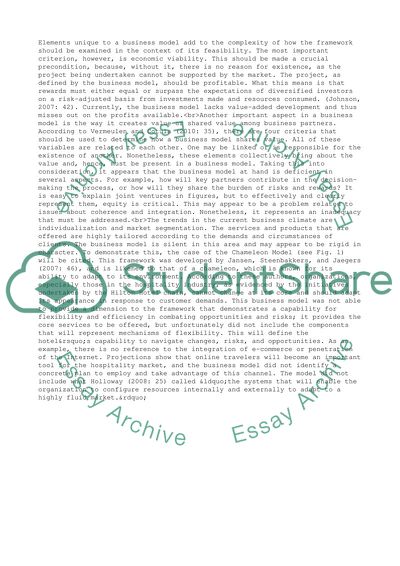Cite this document
(“Strategic Decision Making Underwater Hotel Essay”, n.d.)
Strategic Decision Making Underwater Hotel Essay. Retrieved from https://studentshare.org/business/1446700-strategic-decision-making-underwater-hotel-proof
Strategic Decision Making Underwater Hotel Essay. Retrieved from https://studentshare.org/business/1446700-strategic-decision-making-underwater-hotel-proof
(Strategic Decision Making Underwater Hotel Essay)
Strategic Decision Making Underwater Hotel Essay. https://studentshare.org/business/1446700-strategic-decision-making-underwater-hotel-proof.
Strategic Decision Making Underwater Hotel Essay. https://studentshare.org/business/1446700-strategic-decision-making-underwater-hotel-proof.
“Strategic Decision Making Underwater Hotel Essay”, n.d. https://studentshare.org/business/1446700-strategic-decision-making-underwater-hotel-proof.


